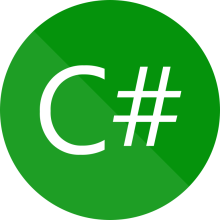#DotNet #AspNetCore folks using #MinimalApis, anyone has any idea if I can somehow intercept parameter binding/deserialization errors, in order to provide a more complete error response, rather than an empty 400?
Recent searches
Search options
#minimalapis
Still thinking about upgrading your skills to #aspnetcore. My newly updated Pluralsight course covers #dotnet8, Razor Pages, #rest APIs, #minimalApis, #fluentvalidation, #entityframework, and #vue! Watch it here:
i see how #minimalAPIs are great for "smaller" #services, or if your style is to eschew indirection in favour of clarity.
but, when we start using #reflection and the #ioc container to register the endpoints, i wonder if it's just re-implementing the controller pattern.
which is fine, i guess, but why not just use #mvc in #aspnetcore, then? to me this looks more controller-y than extension-methods.
https://www.milanjovanovic.tech/blog/automatically-register-minimal-apis-in-aspnetcore
#dotnet #dev
Hot off the press, I wrote a blog!!
I detail how to use 

 and #MinimalAPIs streaming endpoints on the client with a #blazor app consuming these in real-time, updating the UI seamlessly
and #MinimalAPIs streaming endpoints on the client with a #blazor app consuming these in real-time, updating the UI seamlessly :
Several features have been added to #MinimalAPIs with the #dotnet7 release. This tutorial shows how they are now almost as powerful as traditional controller-based APIs while being far less verbose.
#InfoQ article by Fiodar Sazanavets: http://bit.ly/3yRd2a2
For anyone not watching the Superbowl, I just released a new library for discovery-based method of mapping Minimal APIs. Please tell me if you disagree with the approach:


